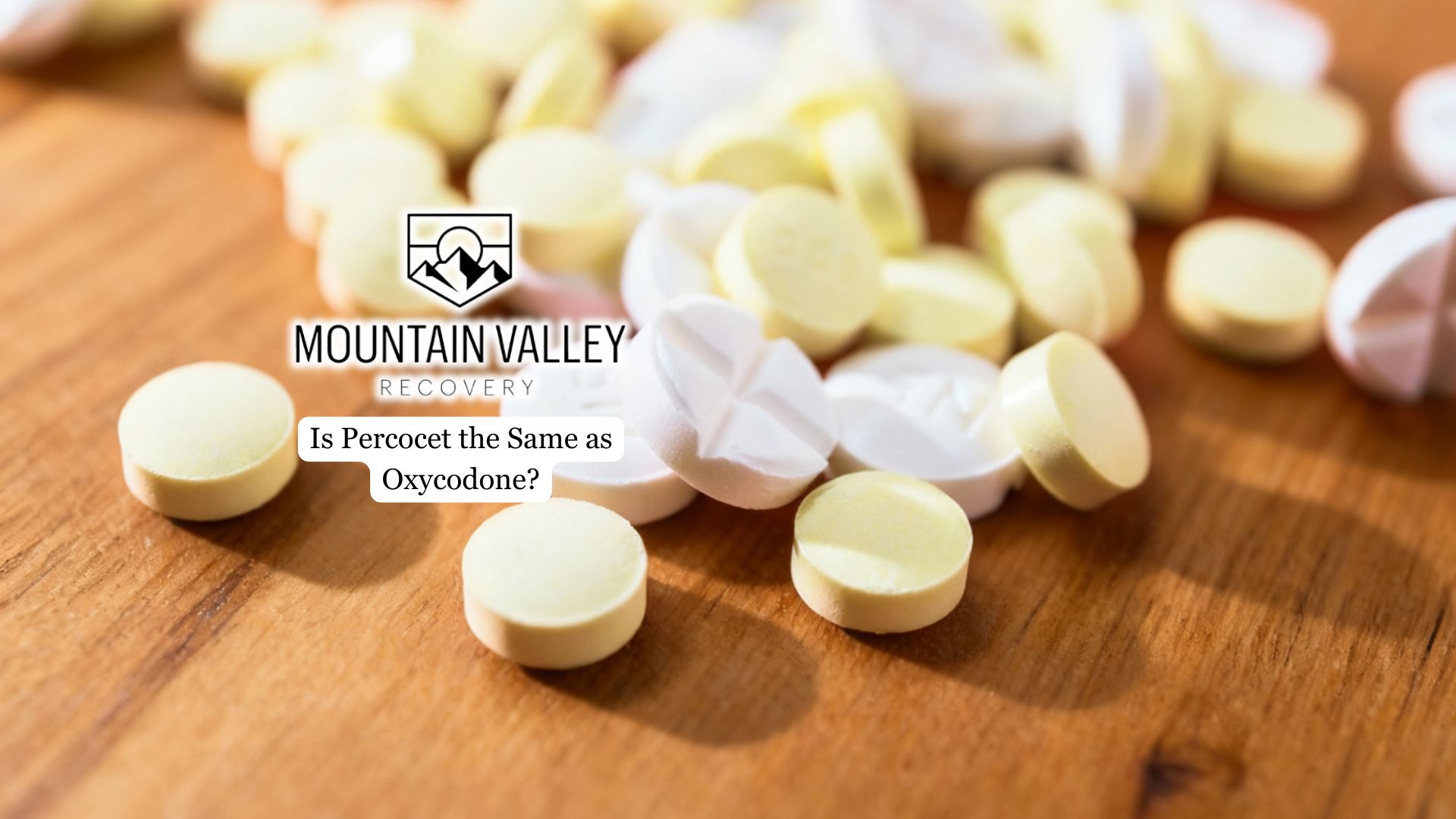Recovery from addiction involves more than willpower, it relies on the resources, strengths, and support systems that help individuals rebuild their lives. In addiction treatment, this is referred to as recovery capital. Recovery capital includes a wide range of assets that strengthens an individual’s ability to achieve and maintain long-term sobriety.
This article explains the concept of recovery capital in addiction treatment, explores its key components, and highlights strategies for building a strong foundation for sustained recovery.
What Is Recovery Capital in Addiction Treatment?
The concept of recovery capital was first introduced in the late 1990s as a way to understand the resources that help individuals sustain long-term recovery from substance use disorders. Rather than focusing only on abstinence, recovery capital emphasizes the strengths and supports, both internal and external, that make sobriety sustainable.
Research shows that individuals with higher levels of recovery capital are more likely to complete treatment successfully, avoid relapse, and build fulfilling lives in recovery.
Recovery capital is often described in four key components:
- Physical Capital – Meeting basic needs such as housing, transportation, healthcare, and financial stability. These essentials create the foundation for recovery.
- Human Capital – Personal strengths, education, coping skills, and emotional resilience that support growth and long-term stability.
- Social Capital – Positive relationships with family, friends, mentors, and peers that provide accountability, encouragement, and belonging.
- Cultural Capital – The broader community values, norms, and attitudes that reduce stigma and make it easier for individuals to seek and maintain treatment.
Together, these four areas provide the structure and stability needed to support lasting recovery. By strengthening recovery capital, treatment programs empower individuals not only to stop using substances but also to rebuild their lives with greater confidence and resilience.
Why Community Support Matters in Recovery Capital
Community involvement is one of the most powerful ways to build recovery capital, offering access to housing, healthcare, employment opportunities, and peer support. Peer networks provide accountability and help reduce feelings of isolation, while volunteer work and advocacy strengthen self-worth and expand social connections. For men in recovery, these supports are especially valuable, as they reinforce the importance of brotherhood and shared experience—reminding individuals that they don’t have to walk this journey alone.
Community education efforts also play an important role by reducing stigma, making it easier for individuals to seek help without fear of judgment, which is especially common for men. When communities foster a supportive environment, they help encourage those struggling with substance misuse to enroll in a professional inpatient rehab program that provides both structure and belonging.

How to Build Recovery Capital for Long-Term Sobriety
Building recovery capital is an ongoing process. Here are practical strategies that strengthen resources over time:
- Prioritize health – Exercise, balanced nutrition, and quality sleep improve physical and emotional resilience.
- Engage in therapy – Counseling, group therapy, or family therapy strengthens coping skills and emotional stability.
- Strengthen relationships – Surround yourself with supportive family, friends, and sober networks.
- Join recovery communities – Support groups and recovery programs foster accountability and belonging.
- Give back – Volunteering or mentoring others enhances cultural and social capital while building confidence.
Each step builds a stronger foundation, helping individuals weather challenges and prevent relapse.
The Role of Recovery Capital in Preventing Relapse
Recovery capital is one of the strongest predictors of long-term sobriety, as individuals with greater recovery capital are more likely to complete addiction treatment programs successfully, less likely to relapse due to stronger social and emotional supports, and better equipped to handle life stressors without turning back to substances.
By emphasizing the development of recovery capital, treatment programs empower people not only to stop using drugs or alcohol but also to build fulfilling, stable lives that support sustained recovery.
Final Thoughts from Mountain Valley Recovery
Recovery capital shows us that lasting sobriety is built on more than abstinence—it grows out of resources, relationships, and resilience. By investing in physical stability, personal growth, supportive networks, and community connections, individuals strengthen their ability to maintain long-term recovery. The more recovery capital you build, the stronger your foundation for a healthier, more fulfilling future.
At Mountain Valley Recovery, we recognize the importance of recovery capital in sustaining lasting change. That’s why we offer long-term residential rehab for men in Utah, designed to provide the structure, resources, and peer support needed to grow every dimension of recovery capital. Our program focuses on helping men not only overcome addiction but also build resilience, rebuild relationships, and reclaim their lives with confidence.





